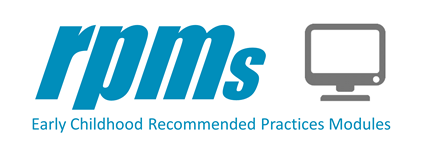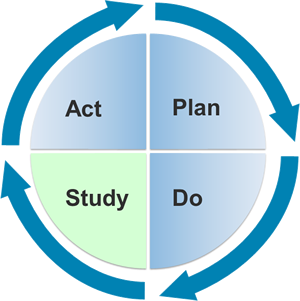Study
| Now that you have practiced applying transition practices, let’s take a step back and consider why and how you can gather and use the information to determine the following: |
|
1) Did you implement program transitions with children the way they were intended?
“Children and families cannot benefit from interventions they do not experience” (Fixsen & Blase, 2008).
You can use the following checklists as a self-reflection tool or with a mentor (e.g., program director, program coach, faculty) or with a larger team to discuss and reflect on the extent to which you implemented strategies that are in line with the DEC Recommended Practices on transition. You may use the following checklists, depending on the type of transition you are supporting:
- Transition from Hospital to Early Intervention Checklist
- Transition from Early Intervention Services into Part B Preschool Special Education Checklist
- Transition from Preschool Special Education to Kindergarten Checklist
2) How do you know if the change has resulted in an improvement in child outcomes?
Gathering information over multiple points of time will help you determine if your changes in practice have promoted positive child outcomes.
3) What worked well and what didn’t? What changes can you make to improve using transition practices?
Review all the assessment information you have gathered and reflect and note what worked well and what didn’t. What areas of your practice can you improve to bring about better child outcomes? You can work with your mentor or with the child’s family to make changes to your practice.
Study Tips and Considerations (Adapted from Step 5: Evaluation, CONNECT Modules)
- Use multiple sources of information (family, teachers)
- Use multiple methods of gathering information (checklists, observation forms, formative assessments).
- Gather information over multiple points of time
- Involve the entire team, including the family, in planning, conducting, and interpreting information.
- Use information to improve your interaction practices

